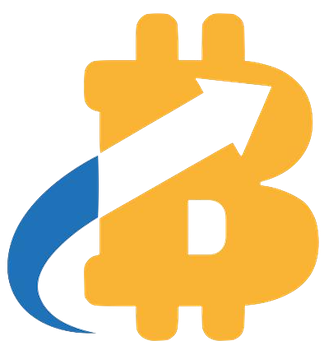The U.S. Securities and Exchange Commission (SEC) has recently introduced new guidelines aimed at easing the transition for institutional investors into the realm of digital assets. This subtle yet potentially monumental shift, articulated in an updated FAQ released on May 15, 2023, reflects a growing recognition within regulatory frameworks about the significance of cryptocurrencies and blockchain technology within the conventional financial system. However, SEC Commissioner Hester Peirce characterized this guidance as “incremental, not comprehensive,” emphasizing the necessity for broader regulatory reforms. Such a statement suggests that while this development is positive, it barely scratches the surface of what is needed to fully embrace the potential of digital assets in a regulated environment.
In a landscape filled with uncertainty, the incremental guidance is a cautious yet significant advancement. It demonstrates not only a responsiveness to the ongoing evolution in financial technology but also echoes the voices of institutions that demand greater clarity and pragmatism in their engagements with blockchain. However, this raises questions about the SEC’s pace of adaptation. Why does it take closed-door dialogues with companies like Chainlink, often seen as symbiotic players in the crypto space, to nudge the SEC to act? It speaks to a broader disconnect that could hinder the U.S.’s competitive position in the rapidly evolving global crypto market.
Institutional Concerns and Regulatory Pathways
Chainlink has been particularly vocal in welcoming the SEC’s updated guidance, which addresses long-standing concerns that have impeded financial institutions from harnessing public blockchains for functionalities like recordkeeping, compliance, and data privacy. The SEC’s recognition of how existing securities laws can apply to broker-dealers engaged in crypto services is indeed a crucial breakthrough. It provides institutions the clarity needed to establish processes that could seamlessly integrate digital assets into their operations while remaining compliant with existing regulations.
However, the distinction made in the guidelines—between which digital assets are classified as securities and which aren’t—raises inherent risks. By asserting that non-security cryptocurrencies such as Bitcoin and Ethereum don’t require the same customer protection measures, the SEC inadvertently exposes users to unforeseeable risks. This is a significant concern for investors who might assume that merely operating within the framework of registered firms guarantees their investments are safeguarded. The narrative surrounding digital assets is changing, but the SEC’s caution reflects a hesitance that could stifle innovation.
The Role of Chainlink: A Bridge to the Future?
What stands out from this latest SEC guidance is the apparent influence of Chainlink, whose interactions with the SEC’s Crypto Task Force allowed for a collaborative approach to policy-making. The concept of “unified golden records” and the implementation of “smart-contract-driven compliance checks” represent an innovative blend of traditional financial systems and avant-garde technology. In an era defined by agility and rapid change, Chainlink is poising itself as the critical infrastructure that can cement the traditional finance industry’s transition towards a more decentralized economy.
This pivotal role strengthens Chainlink’s position as a middleware service catering to the burgeoning needs of tokenized finance. The immediate implications are immense, notably the potential for financial institutions to operate more efficiently and transparently on-chain. The $132 trillion global fund-administration market stands to benefit tremendously from cost savings and enhanced operational efficiencies, which could lead to broader adoption of digital assets in established financial frameworks.
The Bigger Picture: Regulatory Evolution or Business as Usual?
While the SEC’s guidance may have been rolled out with limited fanfare, the ramifications of this shift could unfold into substantial transformations across financial markets. However, the critical question remains: will these regulations adequately embrace the full spectrum of innovations that digital assets promise? The SEC’s careful navigation of the complexities surrounding crypto warrants scrutiny. It reflects a gradual but certain alignment with evolving market dynamics, although the road to comprehensive regulation appears convoluted and slow.
As the U.S. positions itself to potentially sanction the use of public blockchains in securities infrastructure, one wonders if this will mark a new era of financial innovation or simply be another moment of regulatory inertia. Given the rapid pace of global competition in the digital space, if the SEC remains sluggish in its approach, it risks relegating the U.S. to the sidelines while other countries embrace the opportunities digital assets create. If these incremental changes do not evolve into more encompassing reforms swiftly, it could inadvertently hinder the U.S.’s global leadership position in both finance and technology.



















Leave a Reply